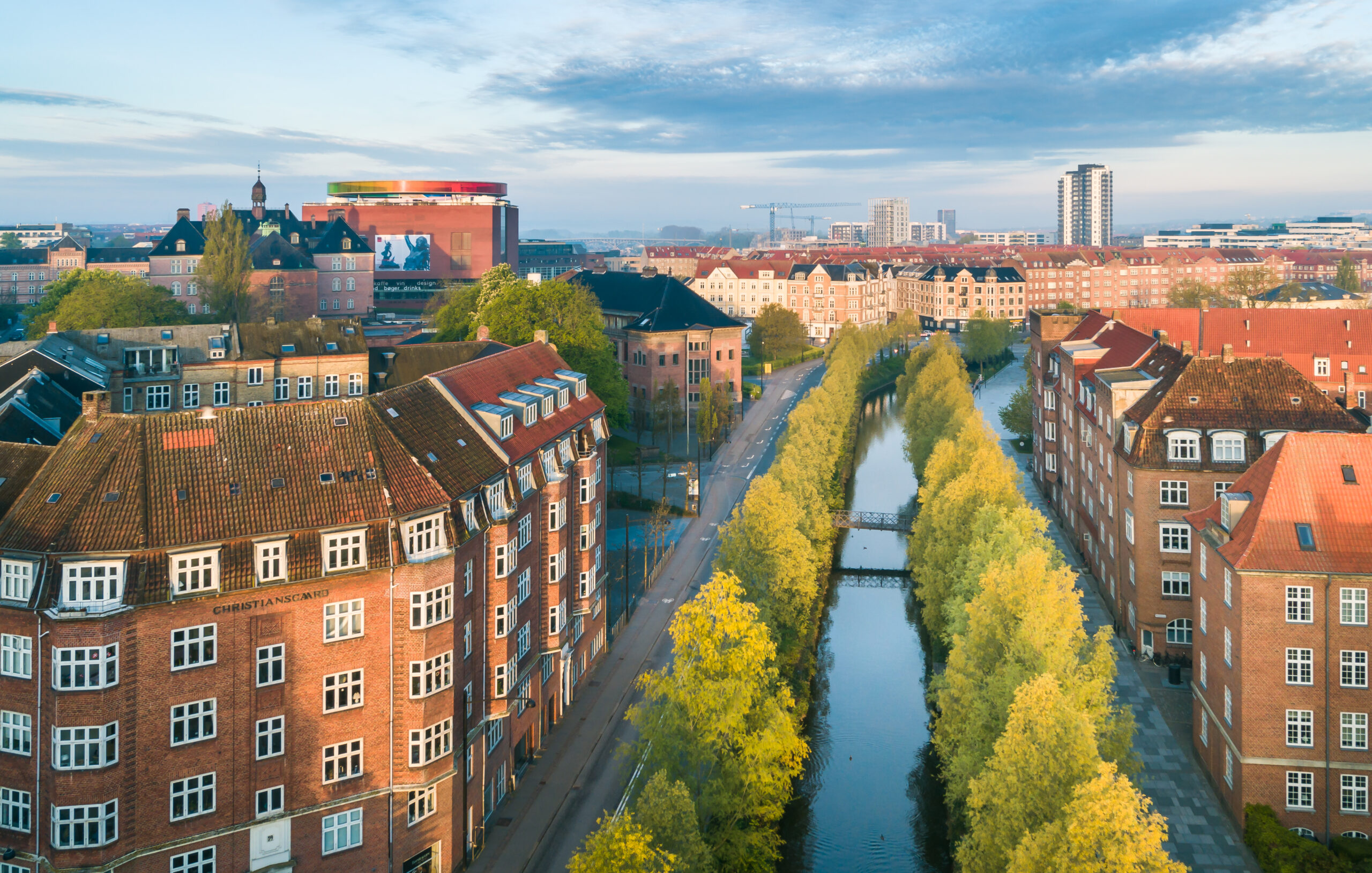
Aarhus Vand has converted wastewater into green energy at the Marselisborg wastewater treatment plant. Over the past decade, the plant has achieved an impressive 25% reduction in power consumption. Simultaneously, energy production has increased, resulting in the plant now producing 50% more electricity than it consumes. This surplus energy is sufficient to meet the energy needs of the entire water cycle, encompassing drinking water production, distribution, and the collection and treatment of wastewater.
To achieve these remarkable outcomes, Aarhus Vand has implemented various energy-saving technologies. These include an advanced SCADA control system, a new turbo compressor, sludge liquor treatment based on the anammox process, and optimisation of the fine bubble aeration system. These initiatives have collectively reduced power consumption by approximately 1 GWh per year. Furthermore, Aarhus Vand has significantly improved energy production through the implementation of energy-efficient biogas engines through combined heat & power (CHP), resulting in an increase in electricity production of approximately 1 GWh per year. Additionally, Aarhus has installed a heat exchanger with the aim of supplying surplus heat to the district heating grid, representing around 2 GWh per year.
The optimised operations at the Marselisborg wastewater treatment plant have proven to be an efficient and effective measure contributing to a low-carbon city and circular economy. This success story showcases Aarhus Vand’s commitment to the IWA’s Climate Smart Utilities initiative, highlighting their dedication to sustainable practices in the global water sector.



